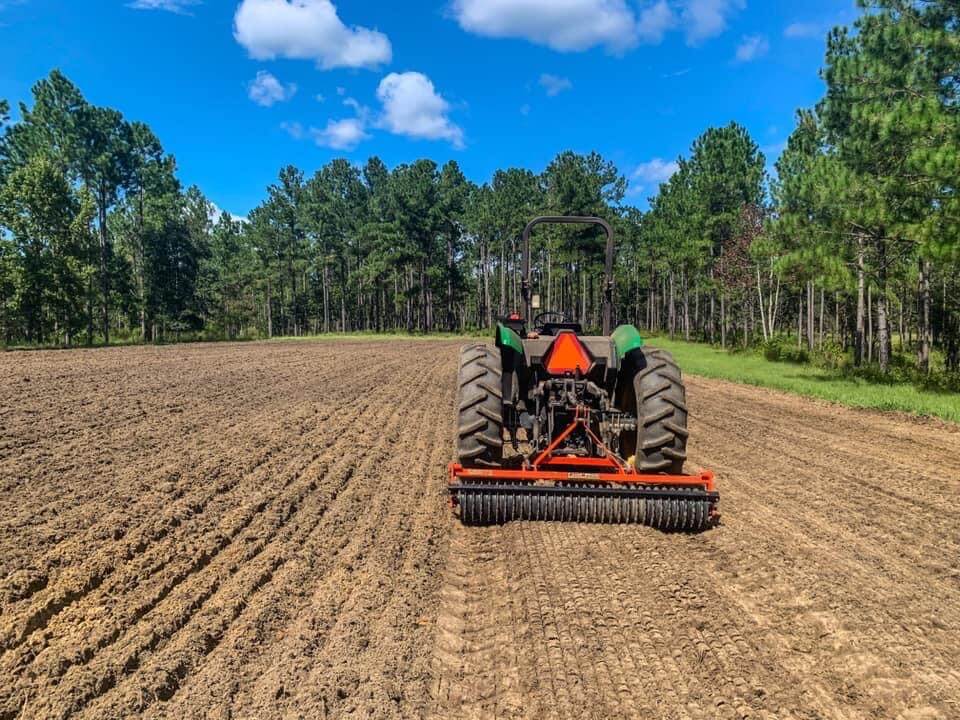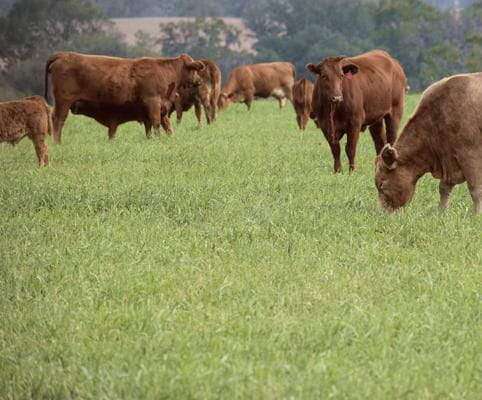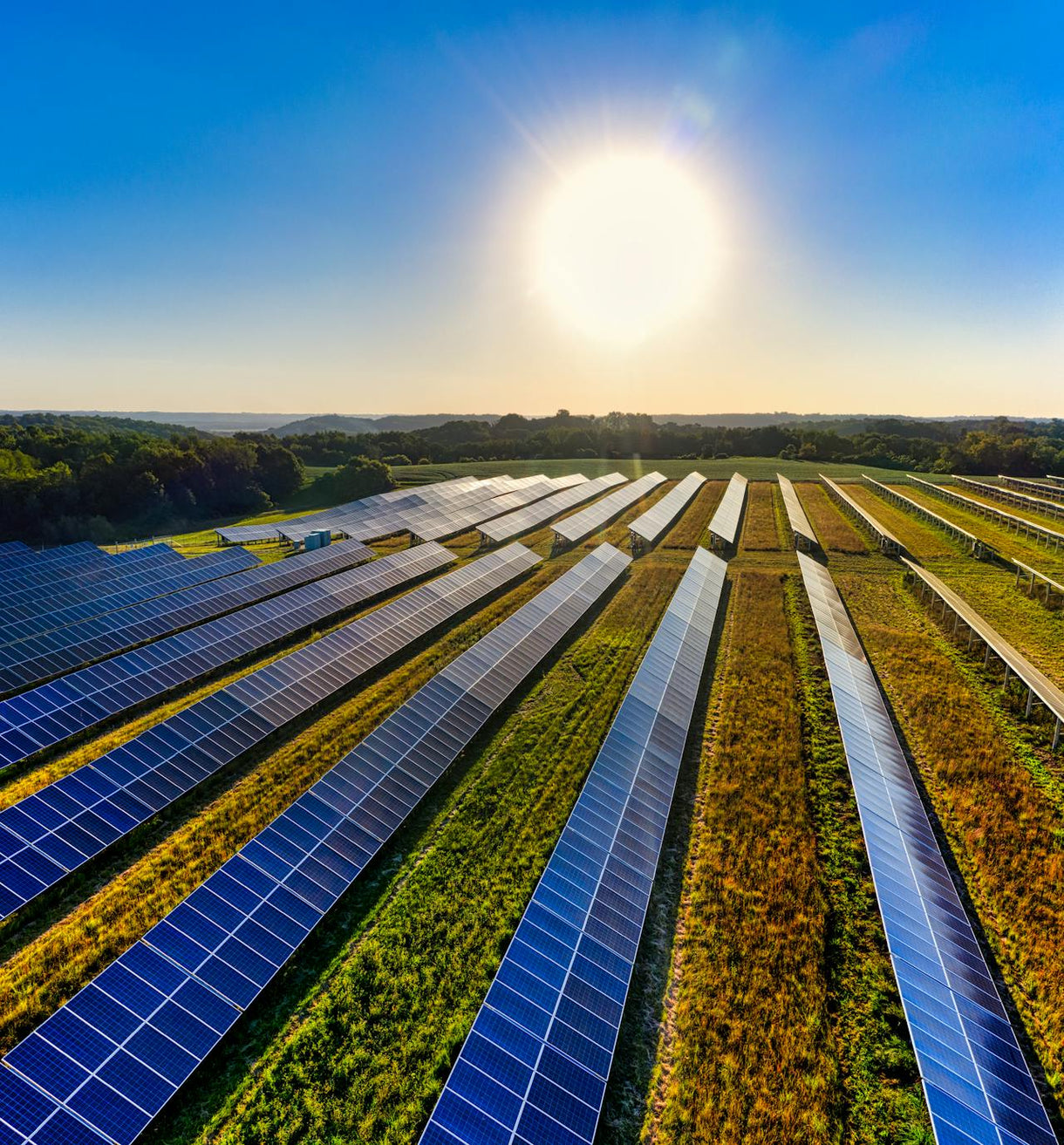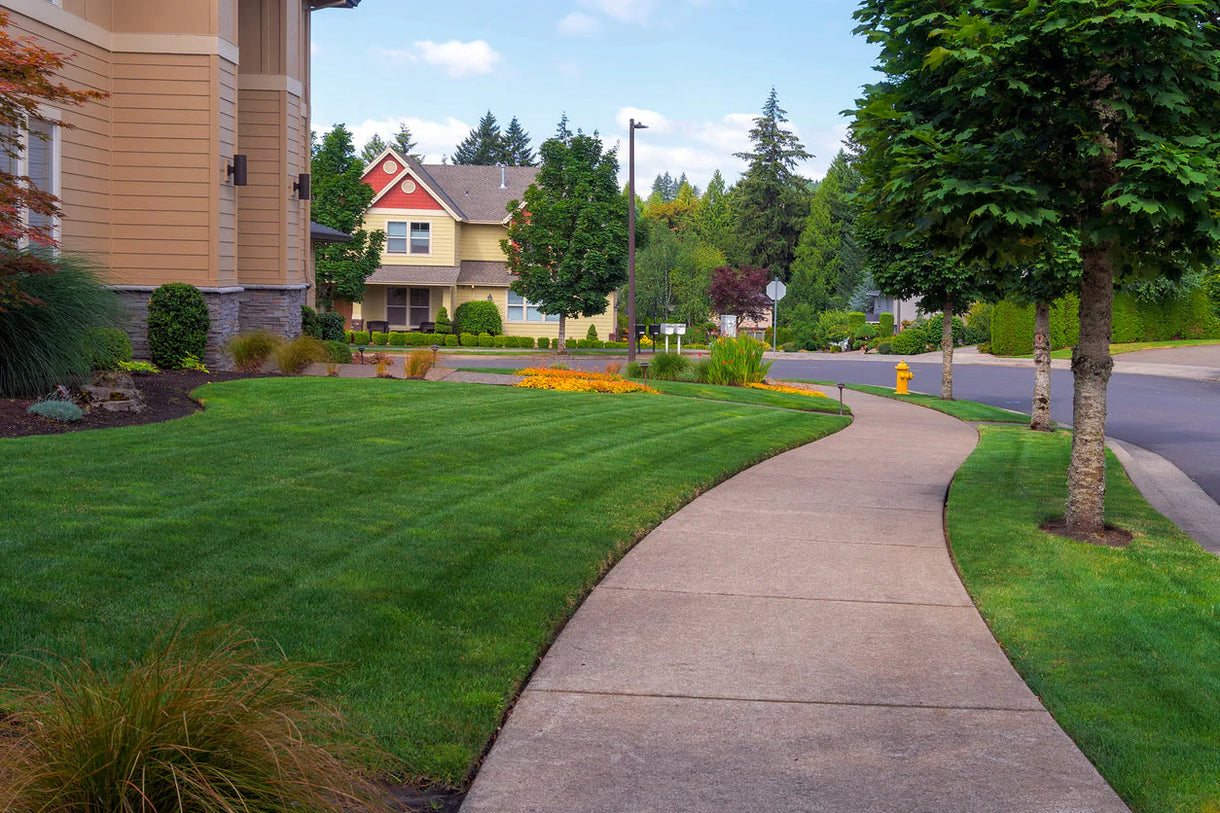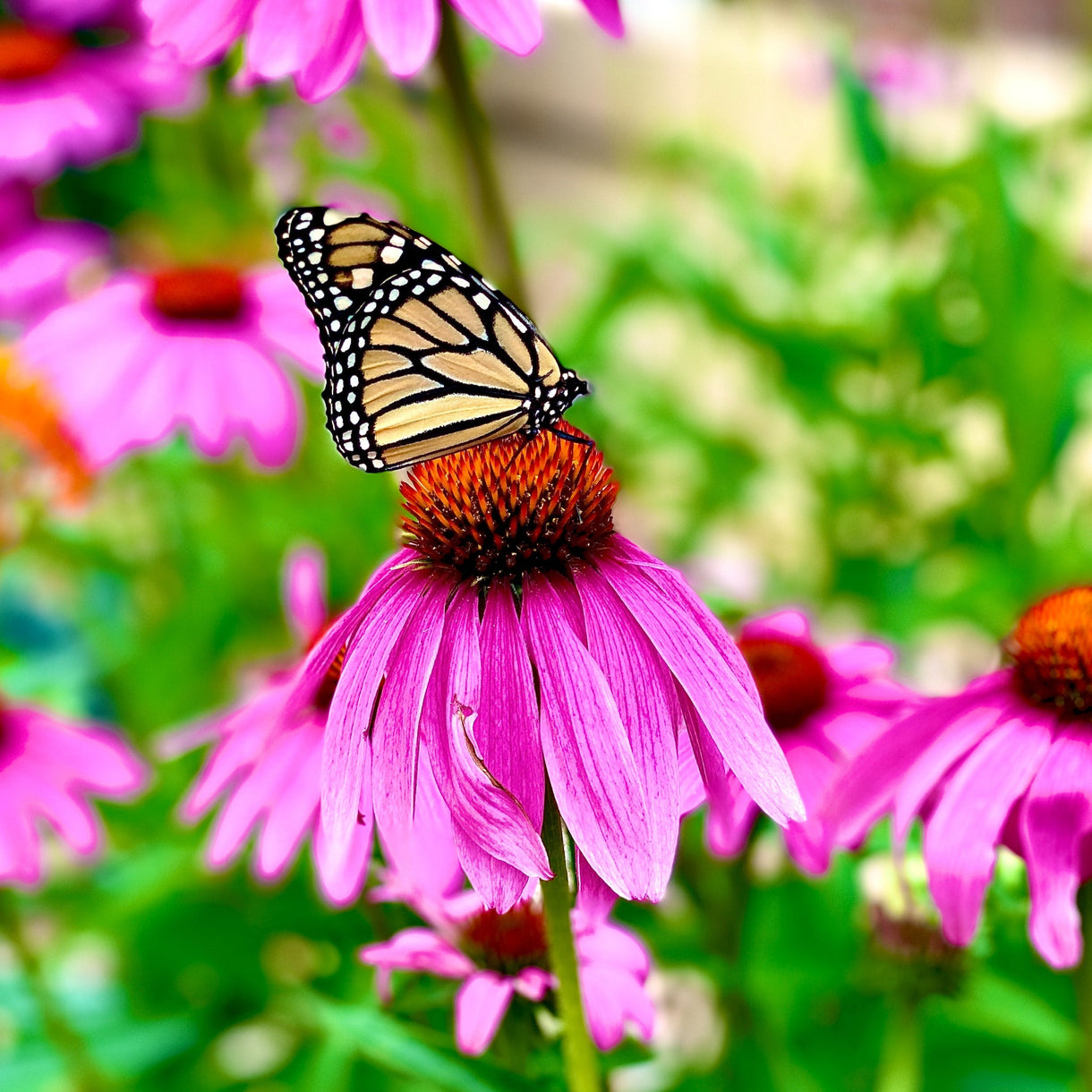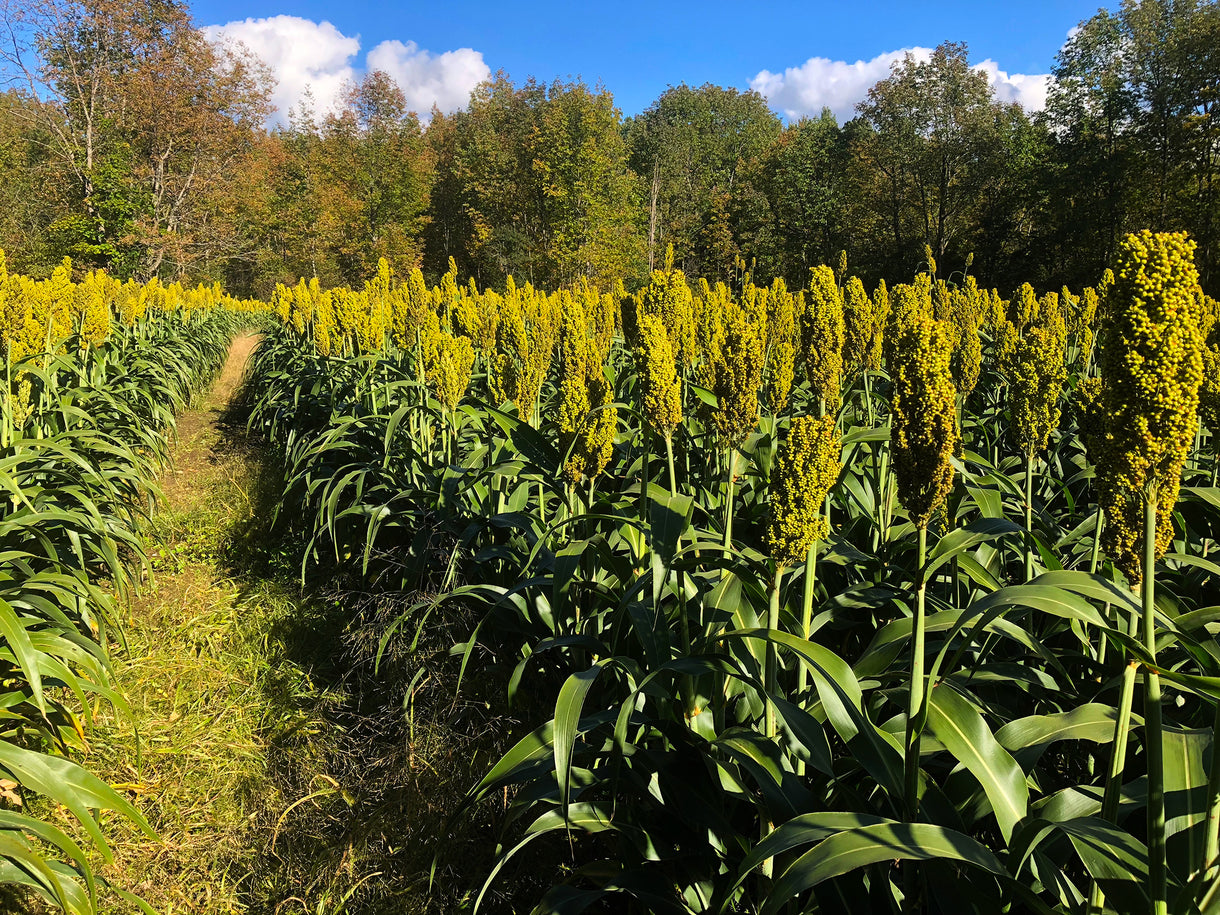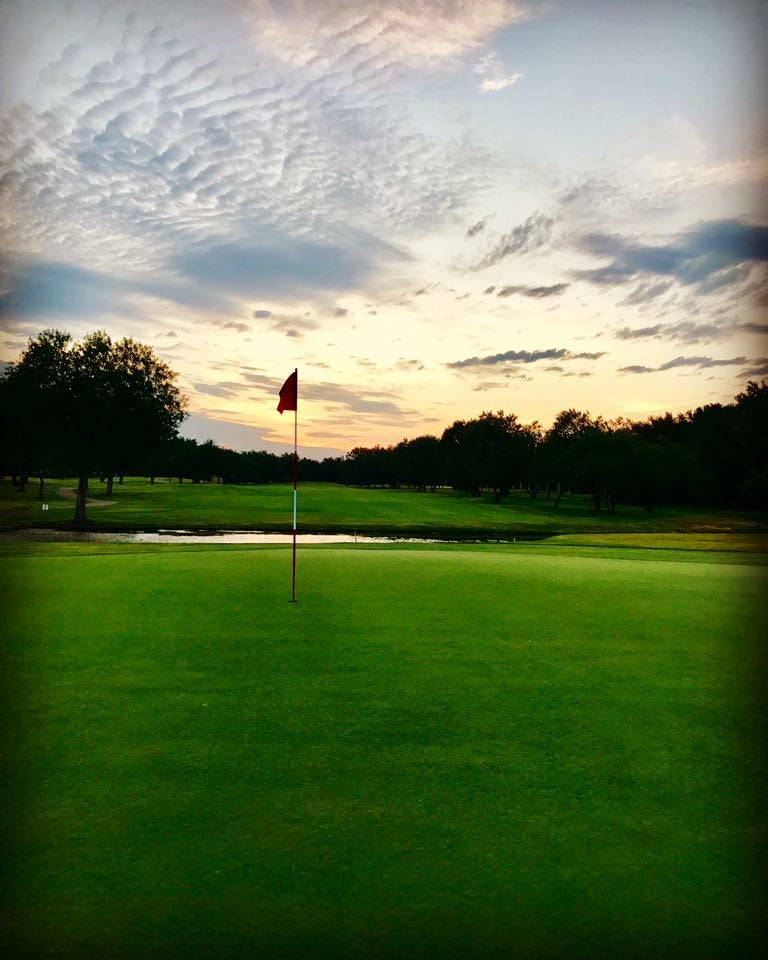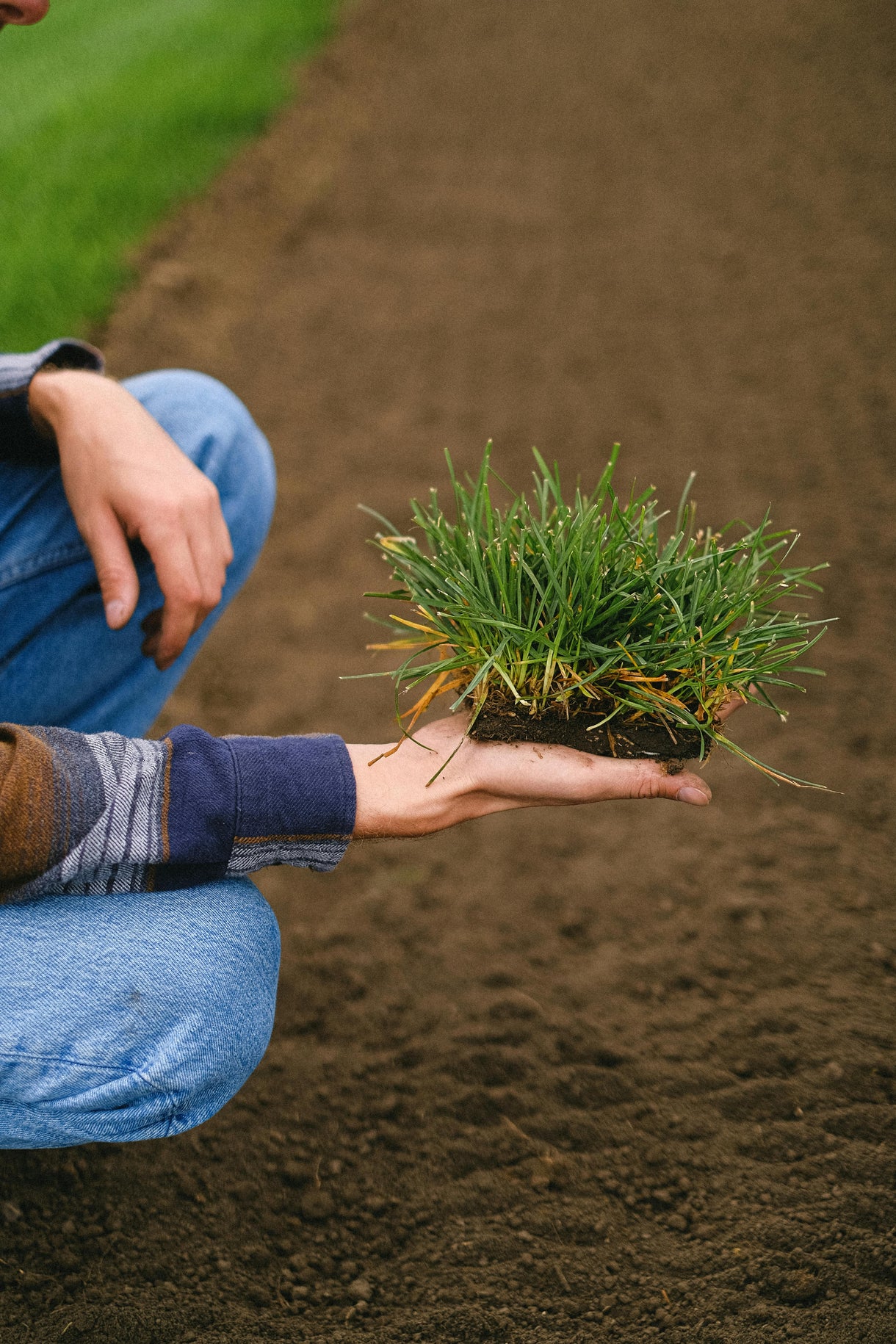Popular Products
Popular Products

Seed Quality
Hancock Seed is dedicated to delivering the best seeds possible to our customers. Hancock Seed grows and harvests many of our products, and we acquire the majority of the rest from other family farmers.
All these seeds are processed, packaged and shipped from Hancock Farm. This helps us ensure that our high standards are met. Unlike much of the competition, we refuse to sell you a seed that was not gathered during the last harvest. You will always receive fresh product from Hancock.
Every seed we grow comes with 40 years of experience behind it...you can rest assured that all of our products are cultivated in a method that assures its potential for growth.
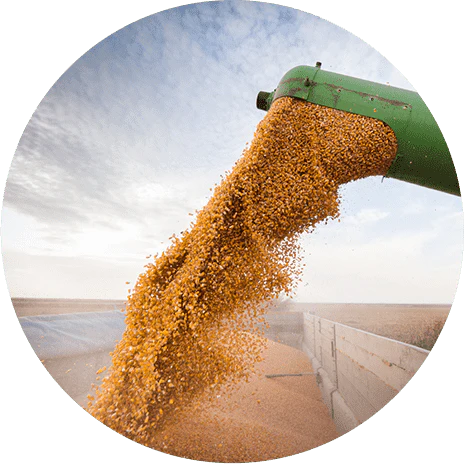
Your cart ( 0 )
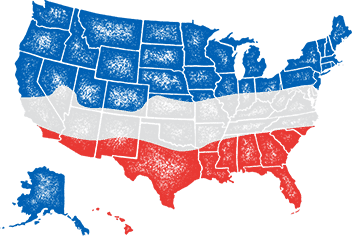
Red River Crabgrass was developed by the Noble Foundation, following crabgrass research and development that, in part, looked at the historic use of Crabgrass by farmers for grazing and hay production. The parent plant for Red River Crabgrass was one plant of Hairy Crabgrass: Digitaria ciliaris.
Product Information
- Application or Use: Pasture, Cattle Forage, Livestock Grazing, Hay Production
- Germination Time: 7 - 14 days, under optimal conditions
- Growing Locations: Warm Season, Transition Zone, Cool Season
- Height: Up to 3 feet
- Sunlight Requirements: 8+ hours, full sun for best results
- Advantages: High quality forage, tolerant of sandy/clay loam soils with good drainage.
- When to Plant: Recommended planting time is spring, summer and early fall, when night time temperatures are consistently 65+ degrees.
Product Detail
- Forage for cattle
- Summer annual forage
- High producing, high quality forage
- Utilized by either grazing or haying
- Sandy or clay loam soils with good drainage
Product Information
As a runner grass, Crabgrass spreads by stolons, which can grow to 4 ft. in length. Where the stolons touch the ground, roots are produced. Red River Crabgrass can grow to around 3 ft. high, and produces enough seed for volunteer re-establishment.
Crabgrass, including the Red River variety (RRCG), is one of the Summer grasses with the highest quality. These grasses are used in numerous Winter/Summer double-cropping syndromes and other forage approaches. Interest in Crabgrass forage has increased over the years, and the grass now is used in manure disposal and effluent and irrigation systems for cattle-confinement operations, including feed yards, and swine and poultry confinement enterprises.
This research was conducted in four replications over two years to determine production and quality parameters of RRCG under irrigation and high fertilization on a fine sandy loam soil. Harvests were made when grass was 12 to 24 in. tall, during late-grazing stages to early hay stages. Average total production of RRCG for the high-production treatment was 9,718 lbs. per acre, for a total fertilizer input of 325 N-92 P2O5-400 K2O (lbs. per acre) and 1.9 in. of total moisture per week for six months.
The nitrogen application averaged 1.9 lbs. per growing day, which is a good guide for upper-level production and quality management. Total yields were satisfactory but less than optimal because of 2,4-D suppression, some nitrogen damage to seedling stands, and excessive mower damage, all of which retarded initial growth and regrowth.
Crude protein averaged 15.2% per date of sampling, with a low of 9.1% at the last harvest at mature plant stages (RRCG was managed for volunteer stands) and a high of 19.9%. Seventy percent of harvests were 14% crude protein or more. The RRCG produced 1,527 lbs. of crude protein per acre per year, which indicated a nitrogen efficiency of 75%.
The RRCG averaged 76.8% in vitro neutral detergent fiber digestibility overall, 80.02% from June through August, and 65.7% from September through October in mature plants. These data indicate that RRCG pasture similarly managed would be capable of supplying growing heifers nutrition sufficient to produce 2.0 lbs. or more of average daily gain 70% of the season, except during the last growth of matured forage, when heifers maintain weight or make only slight gains.
These and other data show that RRCG is suitable for good forage production under intensive fertilizer/nutrient management and adequate moisture availability.
Crude protein and in vitro neutral detergent fiber digestibility quality parameters were excellent and the latter's content was superb. These data illustrate that RRCG can be a valid, high-quality forage alternative under irrigation, in the more humid southeastern one-third of the United States and other areas, and in manure disposal systems.
*Product packaging may appear different than what is pictured.
Plant at a rate of 4 to 10 lbs. per acre, when soil temperature reaches at least 65 degrees Fahrenheit.
Instructions
When choosing to start a new lawn, remove old vegetation by using a de-thatcher, power rake or tiller to kill the existing vegetation. Rake or drag the area to remove debris and dead grass for a clean area. Ensure the soil is leveled and loosened to allow the seed to have good soil contact once spread on a clean seed bed.
If you have an area with heavy weed coverage, we recommend starting fresh by killing and removing the existing vegetation. If you choose to use chemicals, herbicides or fertilizers, you must check with the product's manufacturer prior to planting new seed to ensure the proper waiting period.
When overseeding an existing area, mow your lawn at the lowest setting and bag the clippingsx. Rake or drag any areas that have dead thatch or debris.






